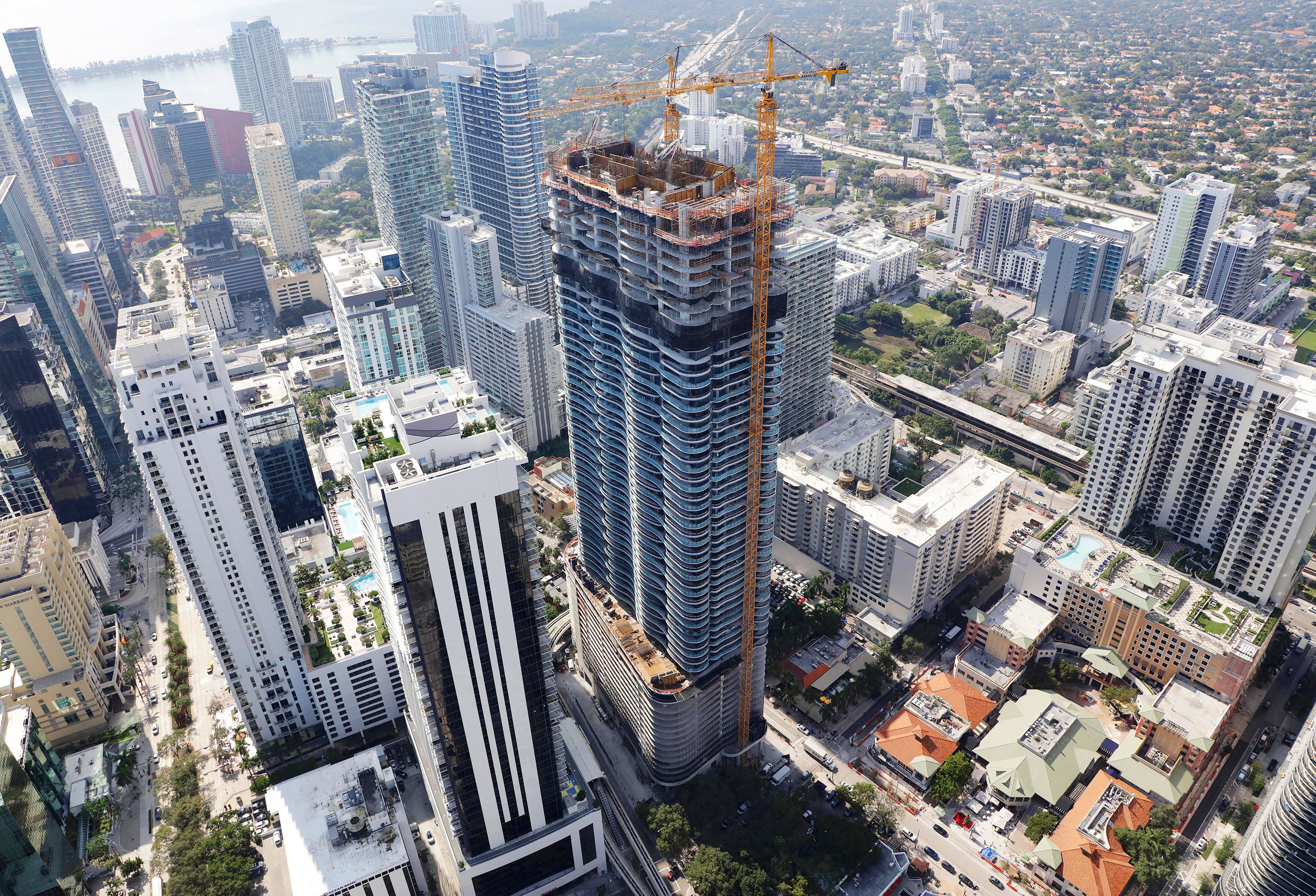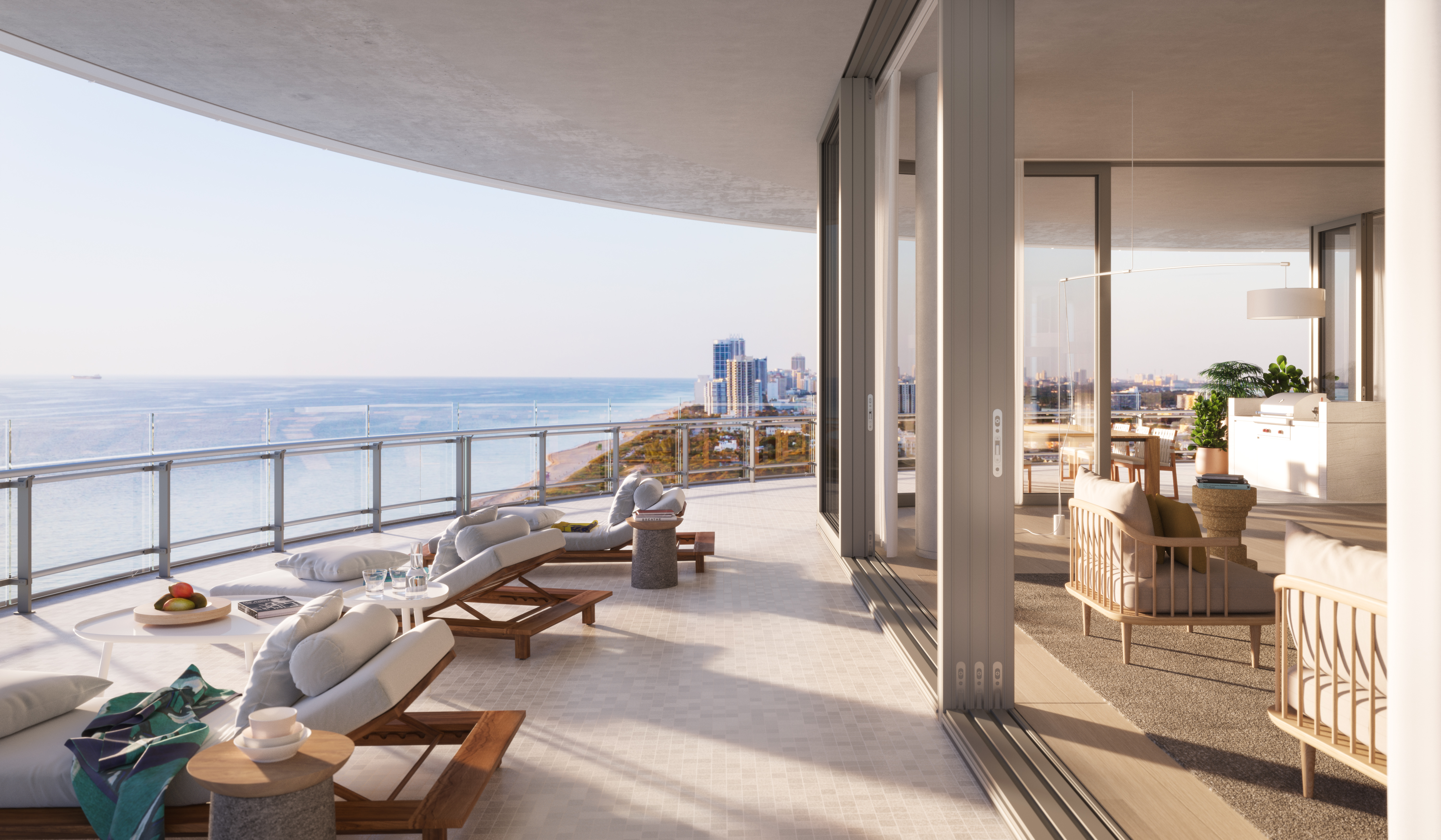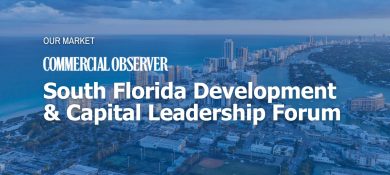Three years ago, a visit to a condo sales center in Miami would have likely included encounters with buyers from Latin America, Europe and even Asia.
Today, even though Miami remains a top-target for foreigners, you’re more likely to meet a buyer from Boston or Brooklyn than Buenos Aires or Bogota.
As the condo development cycle levels off and the U.S. dollar strengthens, sales data along with domestic migration numbers indicate that Americans are fueling the current condo market, with Downtown being the center of activity.
Upon arrival, these transplants are discovering one of the most dynamic urban districts in the country, home to a 24/7 residential and commercial neighborhood that has come alive in recent years following decades as a 9-to-5 business district. The result: Downtown Miami’s population has soared nearly 40% since 2010, with millennials, families and young professionals accounting for the bulk of that growth.
According to a Wall Street Journal cover story earlier this month, “Florida had the highest level of net domestic migration from July 2017 to July 2018, according to U.S. Census data released in December. New York was the largest overall population loser, followed by Illinois.”
Whereas cash-rich overseas buyers helped to re-ignite condo development on the heels of the Great Recession, new data proves that American buyers are helping to sustain sales momentum and prevent distress.
One buyer at Aria on the Bay in Edgewater, Carney Shegerian, is planning a move to Miami from Los Angeles following the $1.5 million purchase of a three bedroom unit.
Shegerian described the unit as “a great value compared with what you’d get in Los Angeles” in the Wall St. Journal.

At Brickell Flatiron, a 527-unit condo that’s 87 percent sold and nearing completion in the Brickell Financial District, the dollar volume of sales to U.S. buyers rose from $13 million in 2016 to $50 million in 2018. The number of individual units sold to domestic buyers jumped from 15 to 32 in that same span, and the U.S. is now the tower’s top feeder market by a large margin.
At Paramount Miami Worldcenter in the heart of Downtown Miami, U.S. buyer activity rose 24 percent from 2017 to 2018. The U.S. was the building’s top feeder market in 2018, with buyers from New York, Boston, Connecticut and Chicago helping to fuel the tower’s 85-percent-sold rate ahead of completion in mid-2019.

And it’s a similar story at Eighty Seven Park in Miami Beach, where U.S. buyers accounted for $17 million in sales in 2017 and $58 million in 2018. The 68-unit tower designed by Renzo Piano is now 85 percent sold, with the U.S. being its top buyer market.
What’s fueling this shift in buyer activity? Market insiders point to a few factors:
- Taxes: A federal tax law passed in 2018 placed a new cap on local income and property tax deductions, as well as mortgage deductions. This created an uneven playing field that’s tilted against markets with higher home prices, and in favor of states with low tax burdens, such as Florida. Case in point: “All 10 counties with the biggest growth in internet searches of Florida properties over $1 million in 2018 have higher effective real estate tax rates than Florida’s,” according to the Wall Street Journal report.
- Infrastructure: Miami and South Florida are making the investments necessary to improve quality of life, attract new businesses, and compete with older, more mature cities like New York and Chicago when it comes to luring residents. The advent of new transit systems and cultural outlets, improvements in the education system, and neighborhood streetscape enhancements are all geared toward promoting livability and ushering in continued public and private investment.
- Value: South Florida real estate remains a comparative bargain when stacked up against other cities, especially in an era of the strong U.S. dollar. Luxury condo prices running $700-$1,000/square foot in Miami are still a fraction of the price of what it costs for the same product in New York City. Likewise, business leaders in the market for Class A office space will find rents that are significantly lower than places like Boston, New York and San Francisco, according to the Miami DDA’s new office market report.
- Access to financing: As we approach the end of the development cycle that kicked-off in 2013, US buyers are often in position to purchase the last remaining units in their buildings. This marks a departure from early-cycle purchases which tend to be more speculative in nature, and it means developers are able to accept deposits valued below 50 percent. This reduction lowers the barrier to entry for domestic buyers unaccustomed to putting down 50 percent, and it makes traditional financing far more accessible.







 See More Blogs
See More Blogs
Comments